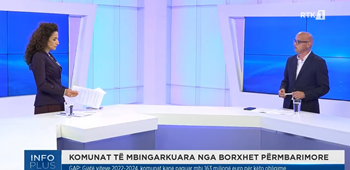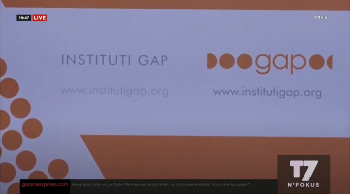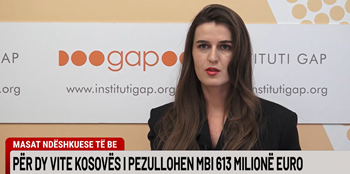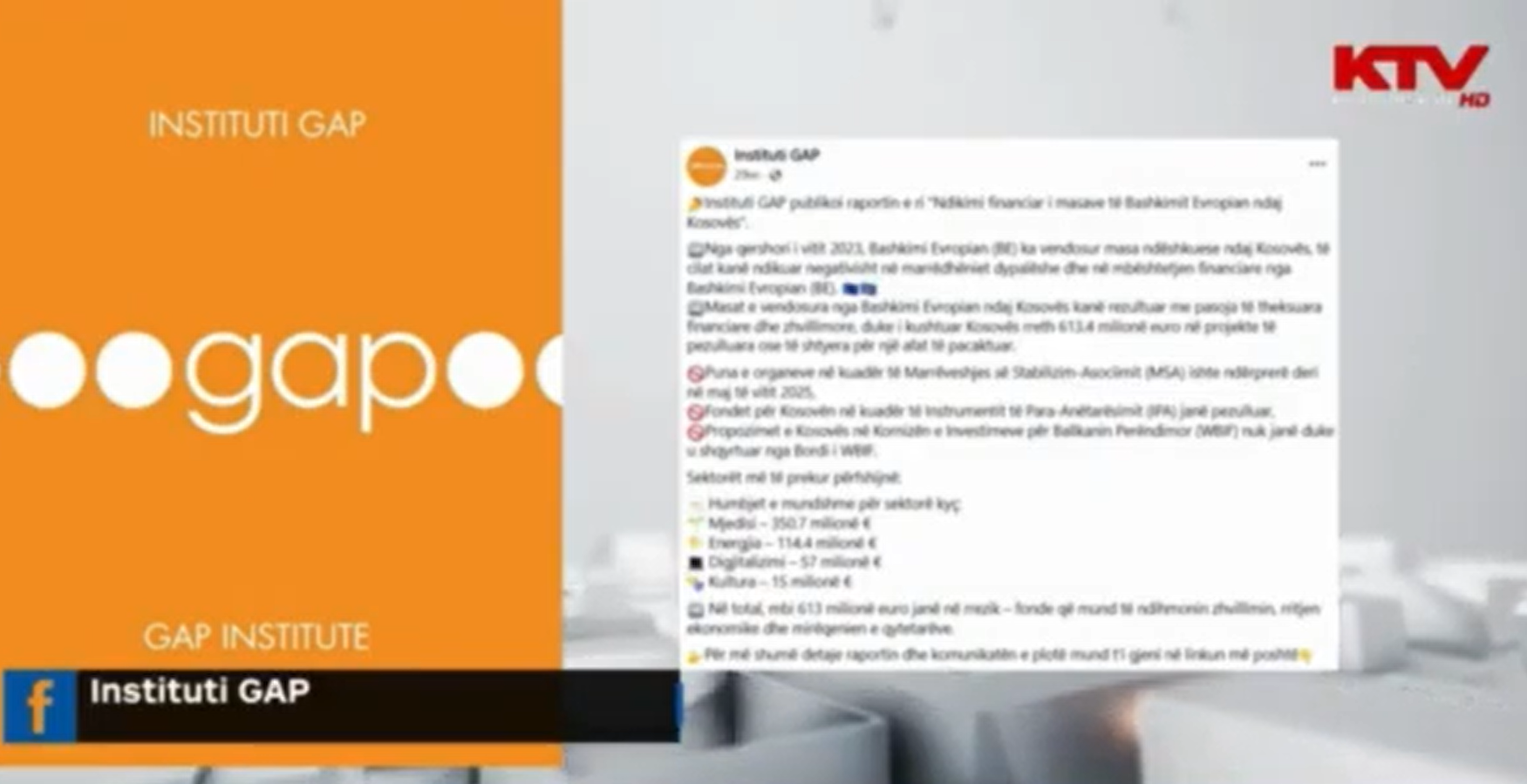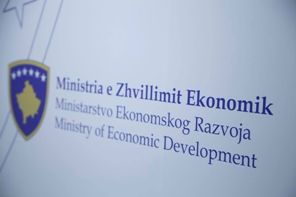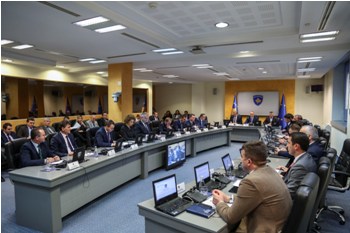The Mid-Term Expenditure Framework (MTEF) 2012-2014 is approved
29/04/2011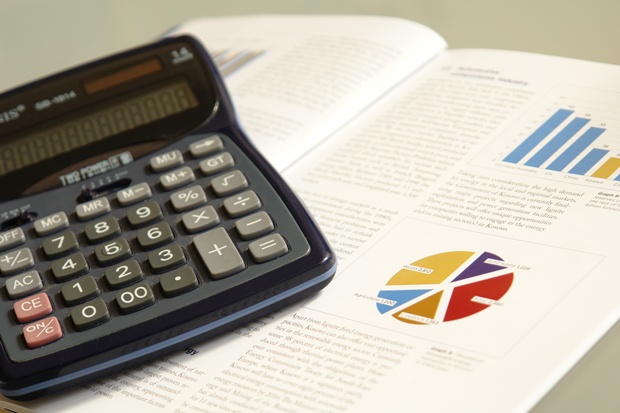
From 2007 until now, none of the MTEFs were respected. Moreover, MTEF has become inapplicable even before entering its first year of functioning. The most serious case is the MTEF 2011-2013
From 2007 until now, none of the MTEFs were respected. Moreover, MTEF has become inapplicable even before entering its first year of functioning. The most serious case is the MTEF 2011-2013
At the 13th Government meeting, held on April 29th, 2011, the Mid-Term Expenditure Framework 2012-2014 was approved.
This document contains the Government's fiscal strategy for the next three years. It should be pointed out that the Mid- Term Expenditure Framework since 2007 serves as the main planning document of government policies and as such represents an important component of the overall budget process. However, from 2007 until now, none of the MTEFs were respected. Moreover, MTEF has become inapplicable even before entering its first year of functioning.
The most serious case is the MTEF 2011-2013.
MTEF 2012-2014 aims to:
- Promote the fiscal discipline and to present realistic estimations on the level of budget
revenues;
• To present the fiscal policies that will help to implement Government's primary policies;
• To ensure a stable macroeconomic environment, in function of developing the private
sector;
• To determine the expenditure limits in order to ensure a low fiscal deficit.
Once again, the Government presents 4 pillars or priorities along its governing mandate:
• Supporting and creating preconditions for growth and sustainable economic development;
• Good Governance and strengthening the rule of law;
• Development of human capital;
• Increase the social welfare for all citizens of Kosovo.
This document presents challenges that the Kosovo economy faces, such as: very low level of export relative to import, significant decrease of foreign direct investments from the previous years, informal economy, high unemployment rates, lack of drafting of actual policies that would address these matters and solve them etc.
Also, in this document the priority policies of the Government are presented, which are: further investments in transport, improvement of power supply which would be done by making the necessary reforms, privatization of KEK's distribution as well as construction of new energy sources, development of the educational sector to enable young people to take the necessary professional skills to enable their inclusion in the market, raising the functionality of the judiciary system which is considered as a catalyst for creating a favorable climate for investment and economic growth, fiscal reforms, combating the informal economy through the project started recently by the Government to tax the businesses, public administration reforms, reassurance of further financial assistance by donors and fighting corruption.
However, due to the beginning of implementation of the highway construction project Vërmica-Merdare, many of these priorities of the Government are expected to have adverse financial effects on their overall implementation.
Alternatively, in the context of macroeconomic projections, the preparation is done in two scenarios: first scenario is based on the projections presented in the budget for the year 2011 and the second scenario in preparing MTEF projections 2012-2014, is based on the Economic Development Vision adopted by the Government in April of this year.
If we consider the first scenario of macroeconomic projections, then for the period 2012-2014, economic growth will be 5.5% of GDP, whereas the second scenario would result with a rate of about 7.2% of GDP. In 2011, BPB will be 5.3%, while in 2012 it will increase to 6.6%, 7.8% in the coming year and in the last projected year, in 2014, GDP is expected to be around 7.4% (figures derived from the second scenario).
On the other macroeconomic indicators, consumption is expected to record an annual average of 4.7% reaching an average participation in GDP to 106.6% during the period 2012-2014, compared to 109.3% forecasted for 2011. Also, investment is expected to increase from € 1.6 billion in 2011 to € 1.8 billion in 2014. Exports are also expected to increase from € 995 million in 2011 to € 1.049 in 2014. Meanwhile, imports are expected to increase from € 2.7 billion in 2012 to € 3.1 billion in 2014.
As for the inflation, over the projected period, this figure will be brought to about 1.6% which is considered as stable by the Economy experts. The total revenue budget by the end of 2014 is expected to reach a total of € 1.444 million, or to be around 27% higher than in 2010. The total expenditures during the period 2012-2013 are expected to increase continuously, reaching a value of € 1.487 million during 2013, or an increase of about 4% compared to 2011. While the foresights suggest that during 2014 the overall expenditure budget is expected to mark a slight decline compared with 2013, to return again in similar level of projected spending in 2011. This decline is expected to occur as a result of the finalization of major capital project, and consequently reducing the category of capital expenditures during that year compared with 2013. Such a situation will affect the sharp decrease of the total projected deficit budget during that year, which is expected to decrease from € 127 million during 2013 to € 32 million during 2014. So, with the increased expenditures over income, Kosovo is expected to carry budget deficits from 2011 to 2014. The budget deficit for 2011 is expected to be around € 227 million then in 2012 the deficit is expected to rise to € 159 million, then in 2013 a decrease is expected of € 127 million and in 2014 it is expected to be € 32 million.
The Law on Public Financial Management and Accountability, respectively article 19, which comprises the preparation of the Mid-Term Expenditure Framework, obliges the Government that by April 30 of each calendar year to submit to the Parliament this document for the next fiscal year and evaluations for next two fiscal years.








